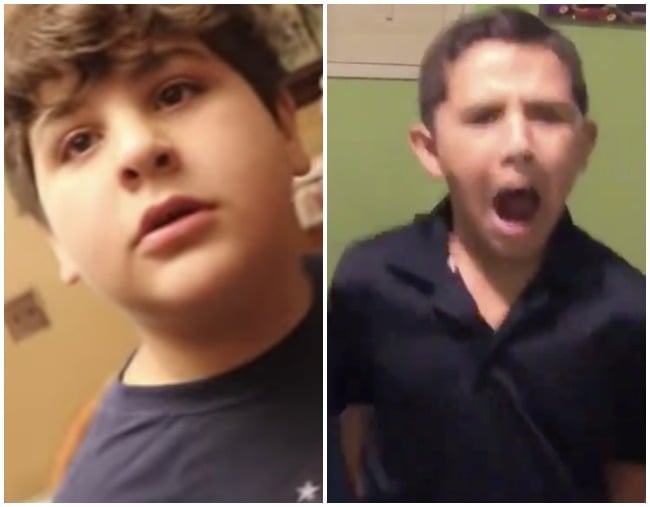
On Netflix‘s recent reality shows Magic for Humans, host and magician Justin Willman brings magic to everyday situations – one such being where he convinces an adult member of the public that he’s able to turn them invisible.
The trick was innocent enough, until American YouTube star David Dobrik turned it into a prank to play on a friend’s younger brother; a child who appears to be between 10 – 13 years of age.
Broadcasting it to his almost nine million subscribers, Dobrik’s video quickly achieved viral status, with 16 million views on Twitter and another five million on YouTube. Naturally, it’s spawned thousands of copycat videos – mostly of people tricking children in their own family.
Convincing a dude he’s INVISIBLE. (from #MagicForHumans now streaming on @netflix) pic.twitter.com/lAmffsY7D7
— Justin Willman (@Justin_Willman) September 9, 2018

Top Comments
I found these videos much more upsetting than I was expecting to, particularly the first one. What monstrous people, to laugh at an innocent child like that and to continue to laugh when it's obvious they are genuinely distressed. I hope these kids are all okay and don't suffer any lasting damage from these stupid "pranks".
What is wrong with people. It could be called a psychopath test maybe, if you find this funny and like watching others torment, lack empathy. Tick tick tick. You’re a psychopath.